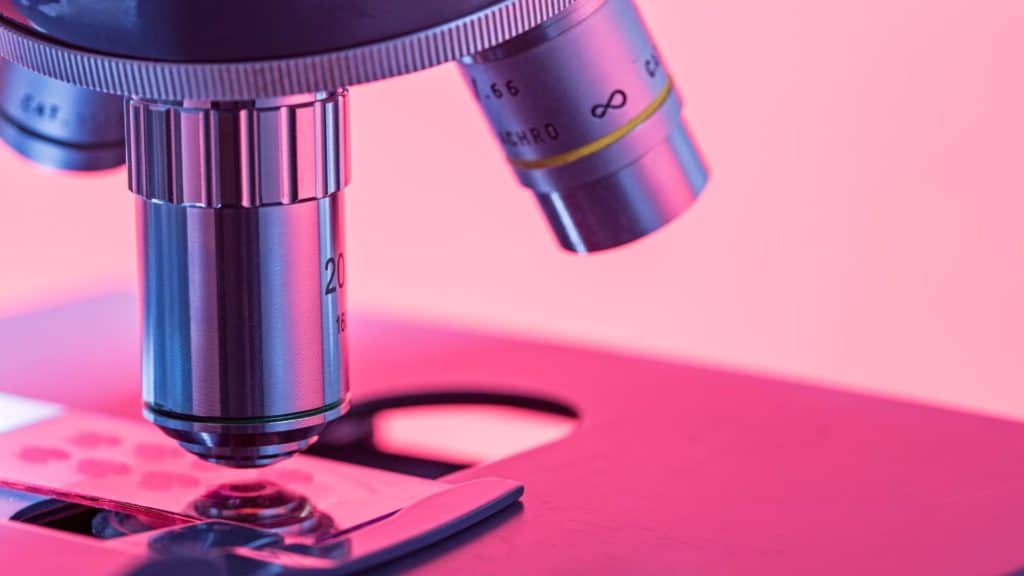Amateur microscopy is a fantastic educational hobby which is practically mushrooming in popularity!
At Quality Spores, we cater to the amateur and professional microscopist interested in studying the spores of exotic mushroom strains.
Today we’d like to go over 5 great tips for beginning amateur microscopists. Let’s start with the most important one:
#1 – Have an Idea of What You Want to Study Before Buying or Upgrading Microscopy Equipment
Knowing what kind of specimens you want to put under the microscope can help you determine what kind of equipment you need to buy. If you’re interested in some of the traditional “starter” specimens for at-home microscopists, such as tree leaves or the wings of insects, you can get away with a pretty basic setup.
If, however, you want to study smaller specimens, you’ll need to make sure the magnification of your microscope is up to the job. See the following section for more details.
#2 – Research the Level of Magnification Required for Your Specimens

A question we often receive at Quality Spores is how much magnification one needs to be able to see mushroom spores under a microscope. Generally, the answer is at least 400X magnification.
Some of the “starter kit” style microscopes—often intended more as toys for children or young teens—are not this powerful. They are effectively glorified magnifying glasses; to see mushroom spores or similarly microscopic objects, a good starting point is 400X magnification. Of course, higher levels exist, and even 800X or 1200X magnification microscopes can be purchased relatively affordably.
#3 – Don’t Be Afraid to Experiment
Don’t forget that amateur microscsopy is intended to be a fun hobby! Experiment with different specimens, magnification levels and accessories.
For example, many amateur microscopists find that the next step to enhancing their hobby is with a microscope camera. These cameras allow you to take pictures of your specimens as you see them. You can then study the pictures later—extremely useful for taxonomic classification studies or challenges—and share them with others. Some microscopists even have their pictures printed and framed!
#4 – Consider Fungal Taxonomy, You Might Enjoy it!
One of the most interesting areas of microscopy is the study of mushroom spores. There are countless different species and strains of mushroom in the world, so you’ll never run out of possible specimens. Many of these species have been studied quite thoroughly, so you’ll be able to compare your findings with others.
And, of course, there’s fungal taxonomy using spores. It’s possible to observe the spores of a mushroom and tell what the species is just from the spores alone. This is a very fun way to test your knowledge!
#5 – Make Use of The Many Free Resources You Can Find Online, Like Our Amateur Microscopy eBook
Remember, there are many resources to learn more about microscopy. There are books, videos, and, of course, everything we’ve compiled for you here at Quality Spores. For even more information about the amateur microscopy hobby and exotic mushroom spores, we encourage you to download a free copy of our eBook.
